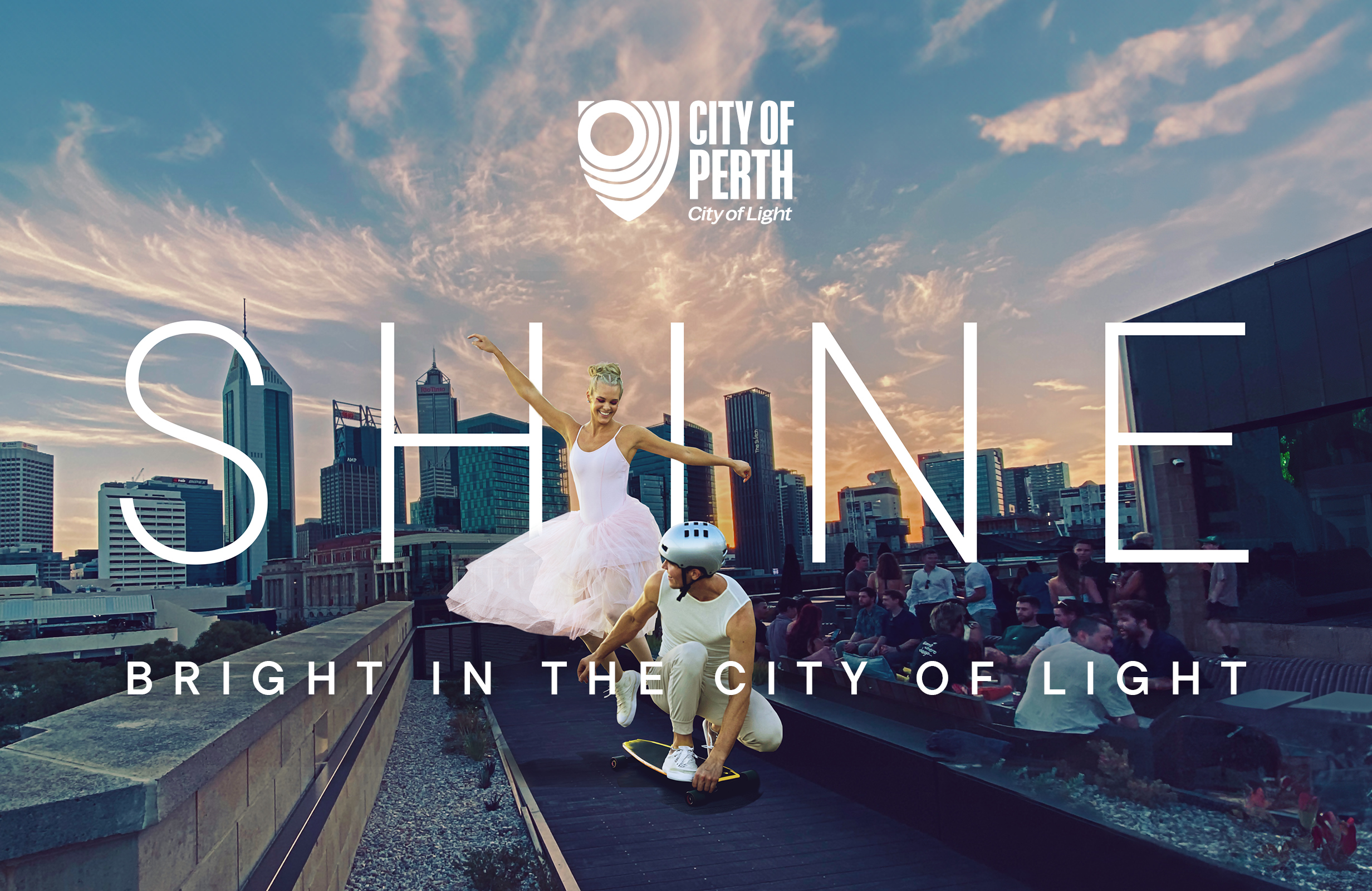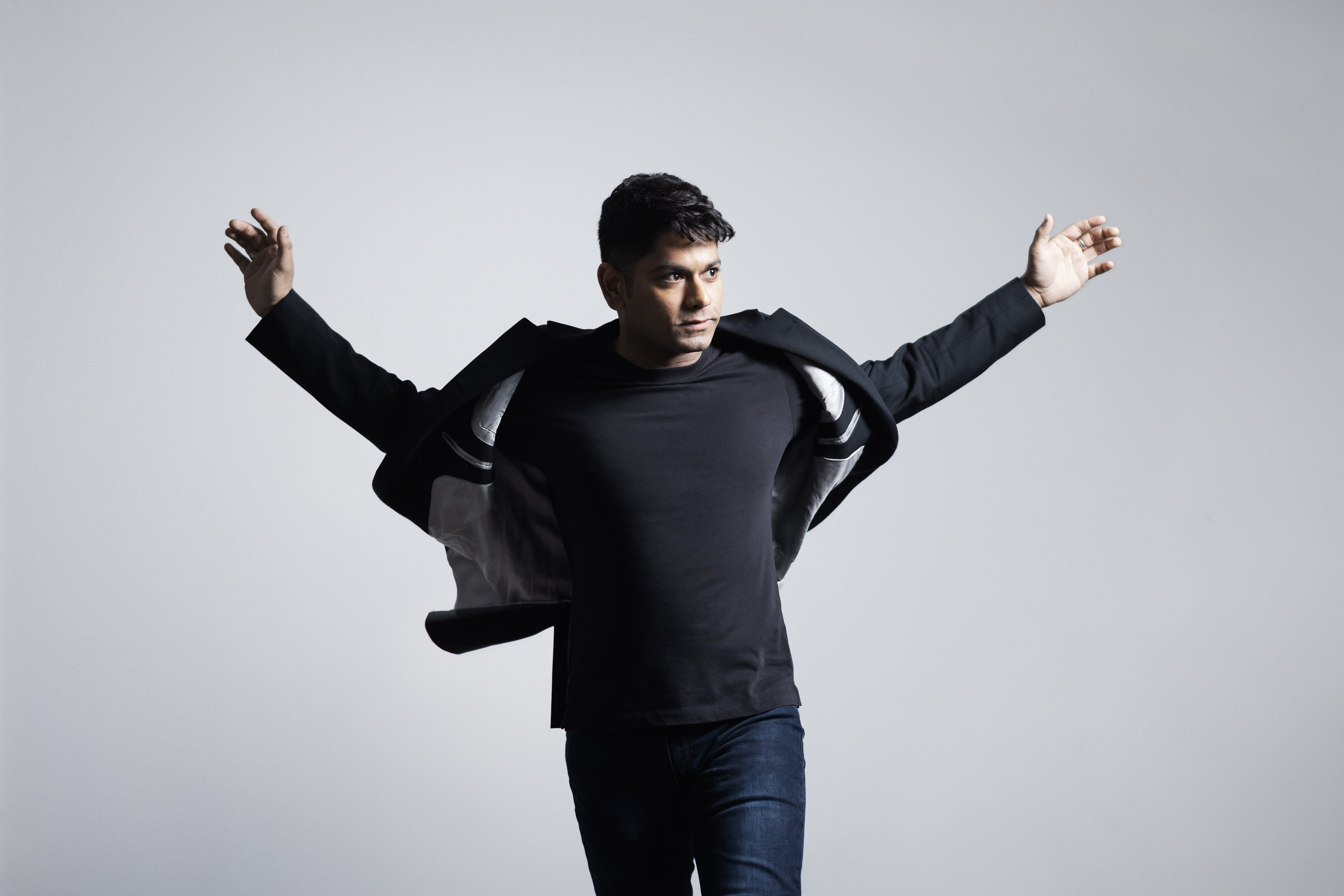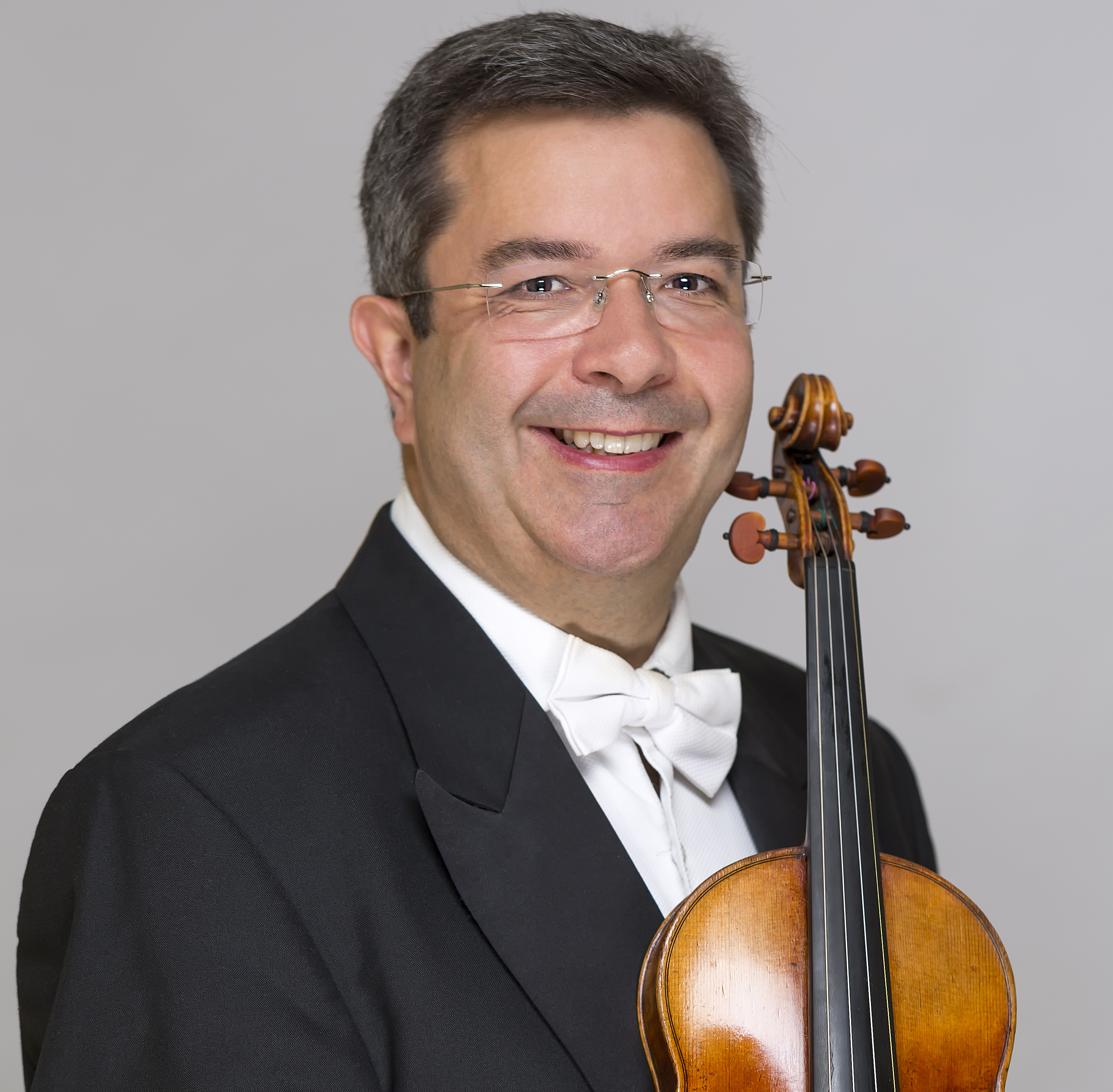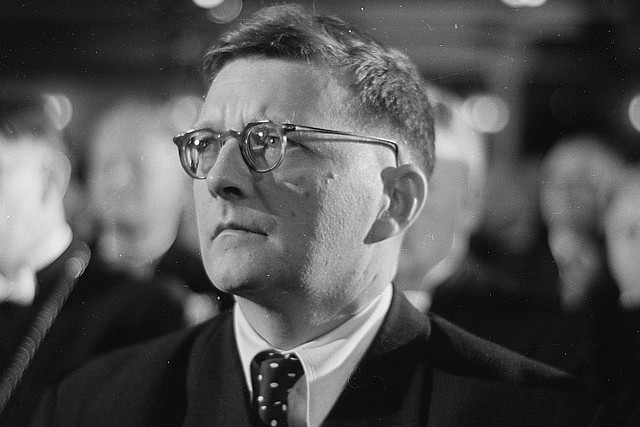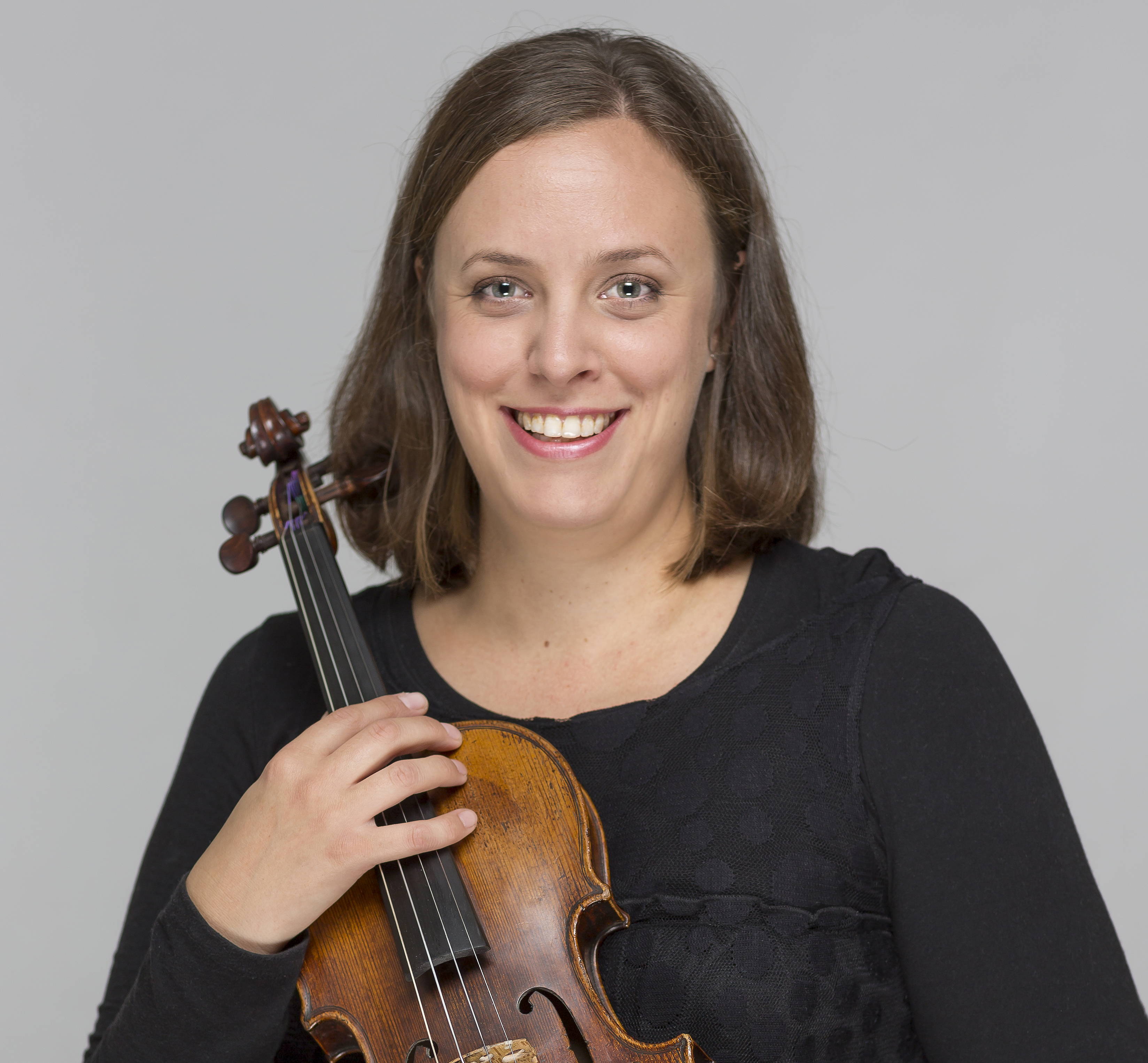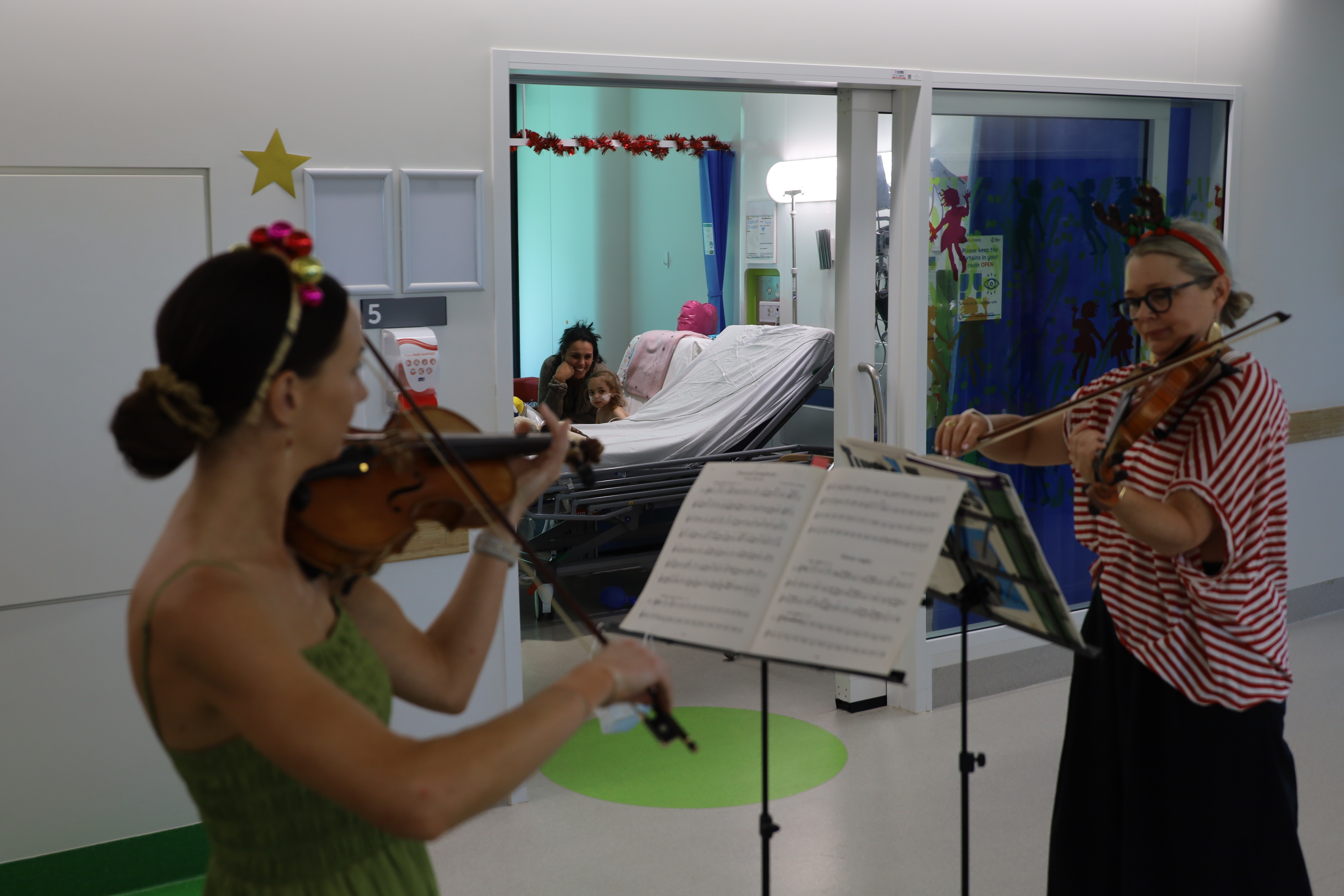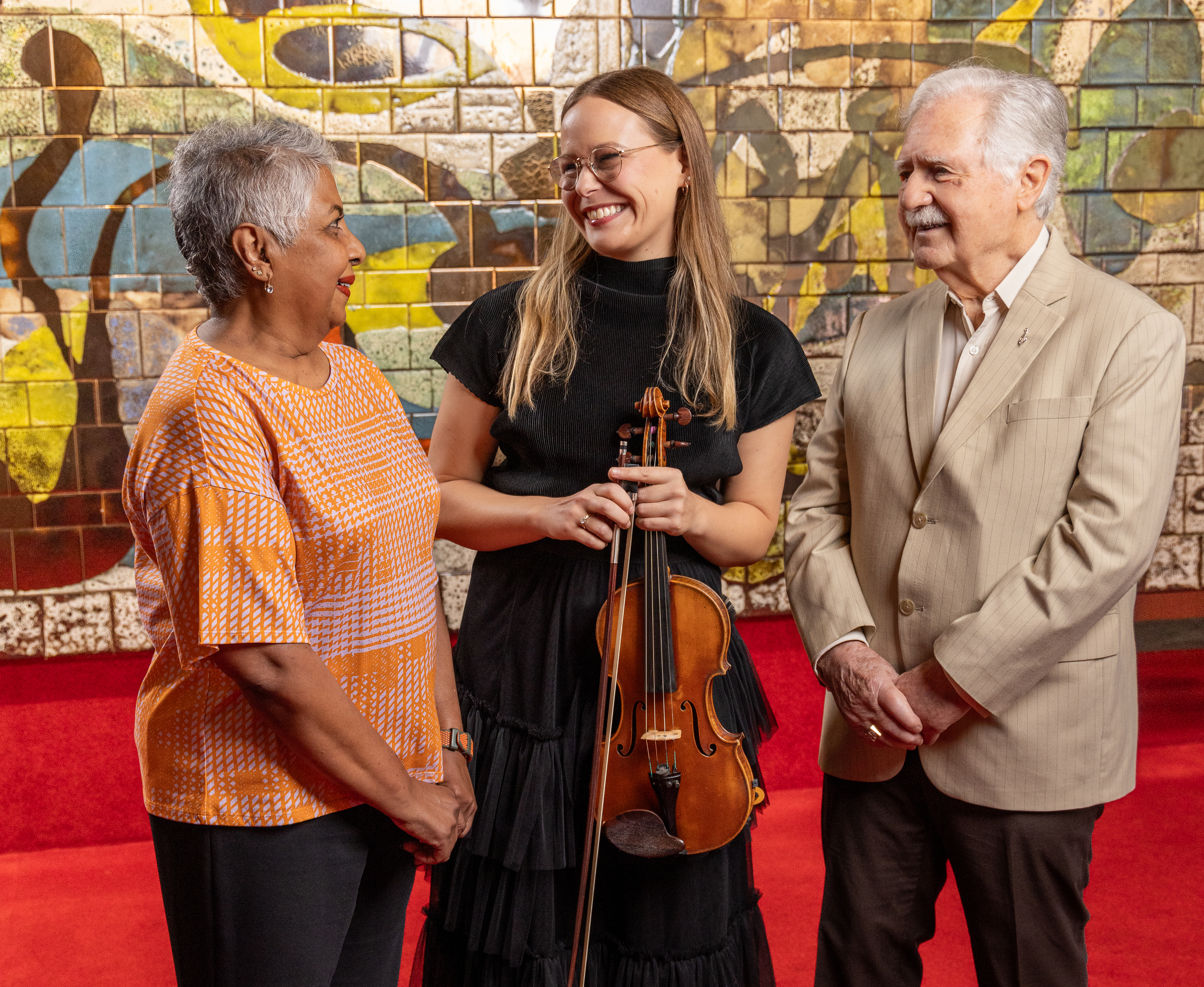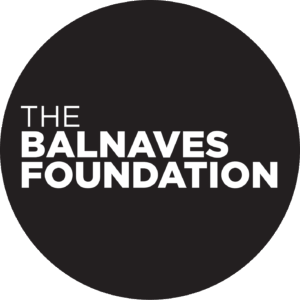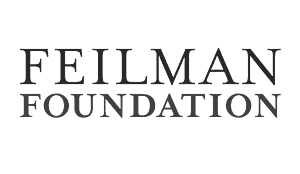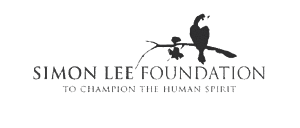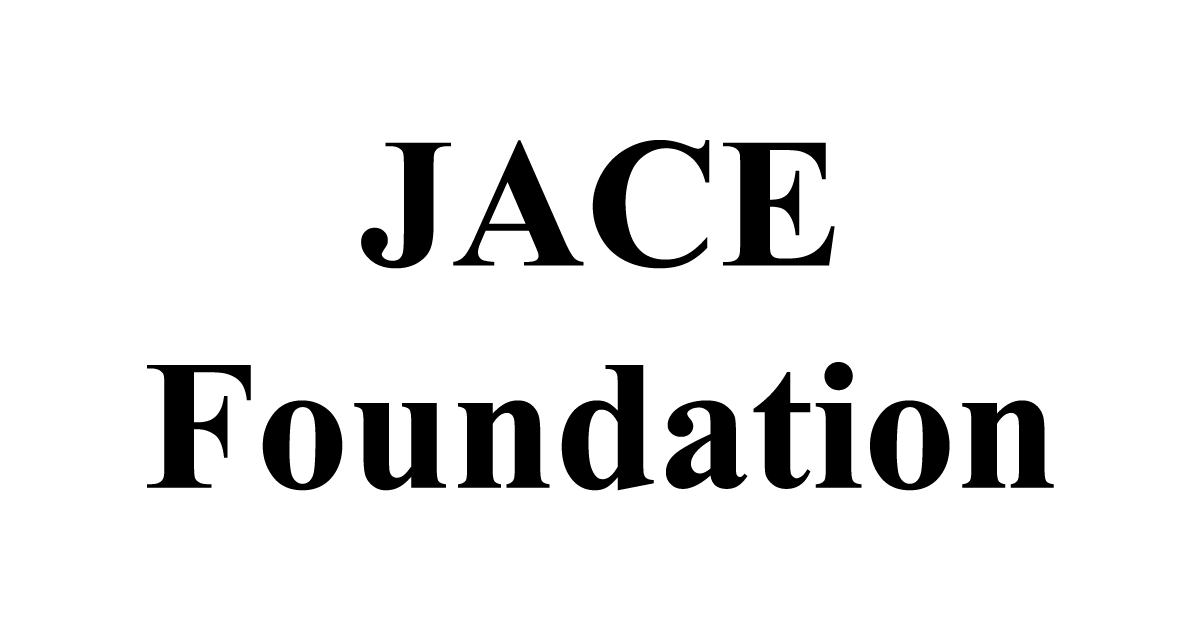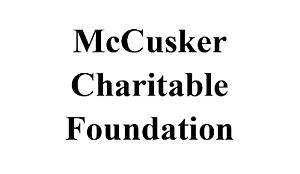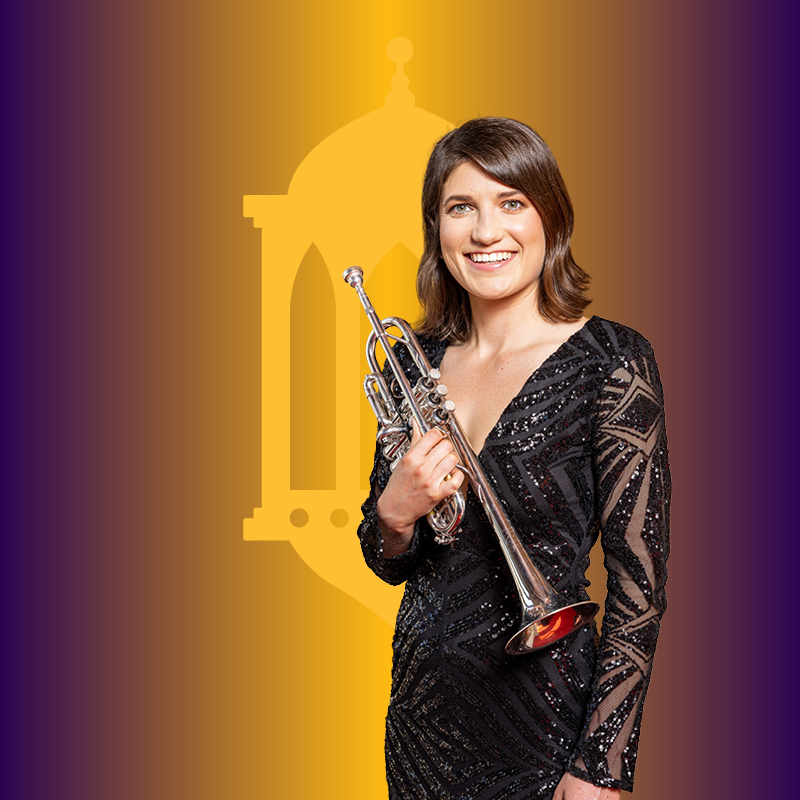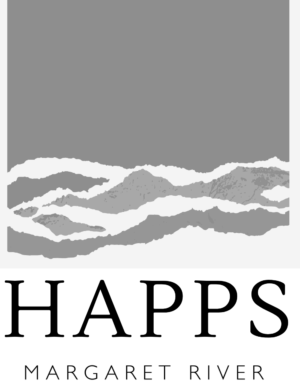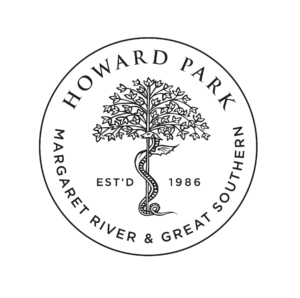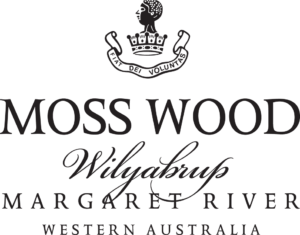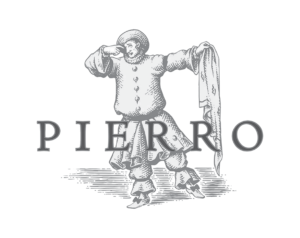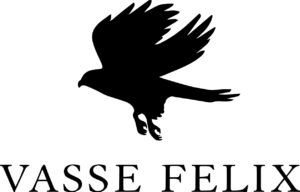Edward Elgar
(1857-1934)
Violin Concerto in B minor, Op.61
Allegro
Andante
Allegro molto
While the Violin Concerto, written for Fritz Kreisler in 1909-10, was Elgar’s first mature work for solo instrument and orchestra, in a sense it was predestined that he would write such a work. He was, after all, an accomplished violinist himself, had made sketches for a violin concerto as early as 1890 (before abandoning the project), and the excellence of his string writing had been a feature of all the works which had established his reputation since the sensational emergence of the Enigma Variations in 1899.
And there was more than a hint of an ‘enigma’ about the Violin Concerto as well. It too bore traces of Elgar’s friends and relations – of his wife, of his friend Alice Stuart-Wortley, and of W.H. (Billy) Reed, who had then just become leader of the London Symphony Orchestra and who had assisted during the concerto’s composition by playing through Elgar’s sketches. But most of all, like the Enigma, the concerto contains a cryptic inscription facing the title page: ‘Aquí está encerrada el alma de…’ (‘Herein lies enshrined the soul of…’). Elgar had found the Spanish text in the preface to the novel Gil Blas by Alain-René Lesage (1668-1747). In the novel, the inscription appears on a poet’s tomb, but in his own adaptation of it Elgar pointedly left the name blank. Subsequent commentators have speculated on the identity of the person whose ‘soul is enshrined’ within this, one of Elgar’s own favourite works.
The most plausible candidate is Alice Stuart-Wortley, the amateur pianist whose friendship with Elgar is documented in more than 400 letters written between 1909 and 1931. Within that correspondence, Elgar consistently referred to the Violin Concerto as ‘our concerto’ and he sent her a handwritten copy of the quotation from Lesage. His private name for her was ‘Windflower’ and Elgar described the work as containing more than one ‘Windflower’ theme. But Elgar was always one who liked to complicate his enigmas, and later in his life he confided to his friend Ivor Atkins that the inspiration for the concerto had actually been his former fiancée Helen Weaver, a fine violinist in her own right. No matter who the unknown inspiration was, the ‘subject’ of the concerto, as always, remains Elgar himself. ‘I have written out my soul,’ Elgar wrote to Stuart-Wortley shortly after its completion.
When Fritz Kreisler was shown the score on 1 July 1910, he exclaimed, ‘It will shake Queen’s Hall!’ and word soon got around that Elgar had another major triumph looming. The London orchestras fought for the right to give the premiere, with the Philharmonic Society winning the right to have the work’s dedicatee, Kreisler, perform it twice, with the composer conducting, in November 1910.
Kreisler described it as ‘perhaps the most difficult of all concertos for endurance’. Certainly it’s a test of technique, with the soloist called upon to range widely through difficult passagework while maintaining the essentially poetic spirit of the work as a whole.
The first movement opens with a rising and falling theme, like a kind of nostalgic sigh. The sublime melody for the soloist represents Elgar at his lyrical best and that distinctive ‘Windflower’ theme undergoes some majestic transformations as the movement proceeds.
For all his conservative political affiliations, Elgar was never averse to the occasional post-Wagnerian harmonic leap. He begins the slow movement, for instance, in the comparatively distant key of B flat major, with, again, a small upward leap getting the theme underway and the violin introducing new material in keys as diverse as E and D flat. It’s an elegy of uncommon beauty and here, surely, we come closest to the musical depiction of ‘the soul of …’.
The march-like last movement is substantial and, in its cadenza, contains one of the most extraordinary instrumental effects in all of Elgar’s music. The soloist’s virtuoso extravaganza is accompanied by the orchestral string players ‘thrumming’ with the soft part of their fingers, as if playing guitars. Elsewhere, themes from the previous movements are recalled, the mood lurches between joy and nostalgia, the keys of B minor and major struggle for supremacy, before a brilliant flourish announces the conclusion.
Abridged from a note by Martin Buzacott © 2001
First performance:
10 November 1910, Queen’s Hall, London. Composer conducting; Fritz Kreisler, soloist.
First WASO performance:
28-29 June 1963. John Farnsworth Hall, conductor; Geoffrey Michaels, soloist.
Most recent WASO performance:
16-17 August 2019. Asher Fisch, conductor; Nikolaj Szeps-Znaider, soloist.
Instrumentation:
solo violin; two flutes, two oboes, two clarinets, three bassoons (optional doubling contrabassoon); four horns, two trumpets, three trombones and tuba (optional); timpani and strings.

